The major multinationals saw sluggish growth in a turbulent 2023 and, despite falling inflation, are struggling to regain momentum
After battling seemingly endless challenges in the past three years, the strain is starting to show for the biggest companies in fmcg.
Volumes slumped for the first time in a decade in 2023 as battered consumers baulked at ongoing price hikes. Meanwhile, the historically reliable growth engine of China struggled to recover from Covid, found the new Global 50 report by strategy consultancy OC&C.
Now, as the economic backdrop finally shows signs of stabilising, the global giants are faced with the question of how to stimulate sustainable long-term growth without relying on pricing action.
So what levers are available to pull and what can be learned from 2023’s star performers?
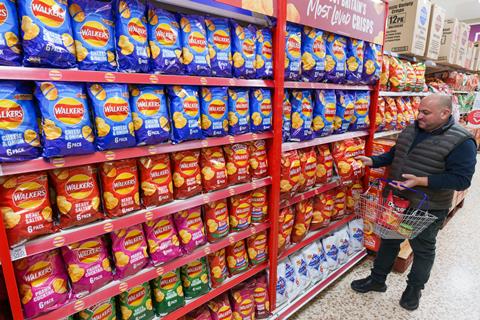
The big guns have proven remarkably resilient in the face of a pandemic, wars, rampant cost inflation and fragile consumer confidence. Together, they registered growth of more than 21% across 2021 and 2022.
However, in 2023, the major multinationals faced their most challenging year since the outbreak of Covid. The OC&C report reveals growth turned sluggish, falling below pre-pandemic levels.
Headline growth for the Global 50 declined sharply to just 2.7% last year – compared with a record high of 10.9% in 2022 – as the final stages of inflation-driven price increases were overshadowed by currency headwinds, and dealmaking remained in the doldrums.
“These businesses, which have contended with massive turmoil, are now coming back to the old questions of how to kickstart real growth,” says OC&C managing partner Will Hayllar.
“And we’re not in the sort of environment where it’s all just going to bounce back naturally. The consumer spending landscape is still squeezed.
“Prior to Covid, the two really big drivers of growth for these global businesses were widespread premiumisation and massive growth in China. Both of those things are much more difficult and they aren’t the growth panacea they once were,” he sums up.
Organic growth figures held up well last year at 7.9%. That’s down from 11.4% in 2022, but the same as in 2021 and much higher than the pre-Covid 2019 level of 3.8%.
The resilience is thanks to continued higher prices on retail shelves and pockets of premiumisation, as consumers sought to treat themselves where possible.
Booze growth
However, the aggregate topline was flattered somewhat by beer & spirits companies, which experienced grocery revenue growth of 7.8%. There, producers were able to command premium prices, while the on-trade and travel retail sector recovered further from Covid restrictions.
Molson Coors was a standout performer thanks to its focus on premium brands, while Diageo and Pernod Ricard both leapt up the rankings.
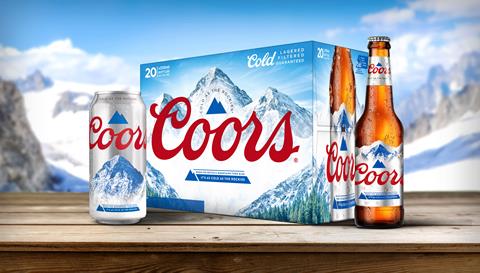
Food & drink players, by contrast, managed a more meagre 1.4% jump in sales, while those in household & personal care rose 2.0%, consumer health business increased 3.7% and tobacco giants grew 4.1%.
But looking at volumes, the picture is far less positive. Global 50 volumes fell 0.9% – the first decline in a decade –after an increase of 0.8% in the prior year and 3.4% rise in 2021.
CPG titans pushed their luck too far in using pricing to cover input cost inflation, says Akeel Sachak, global head of consumer at Rothschild. “What happened in 2023 is a predictable response from the consumer,” he says. “It was a surprise volumes held up so well when you consider the level of pricing action taken.”
Prices at the big 50 rose at a slower pace than the previous year, at 8.7%, down from 10.7%. However, they remained much higher than wider consumer inflation, which sat at 4.4%.
The industry’s biggest food & beverage suppliers also pushed up prices faster than the average: 9.3% versus 8.1%. It was the same story at big beer and spirits producers, which increased prices by 9.3% compared with 7.3% for the wider alcohol sector.
Moody’s senior analyst Lorenzo Re says shoppers already struggling with the cost-of-living crisis switched to cheaper products and own label as a result. “Private label has improved a great deal and the quality is almost similar to branded producers,” he adds. “And consumers have realised this after being forced to trade down.”
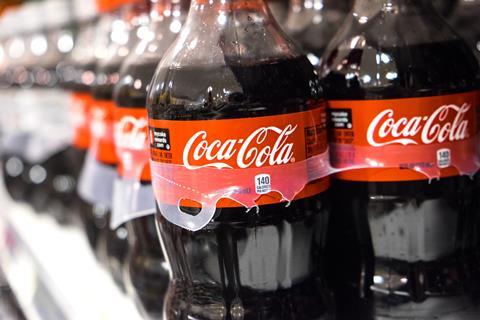
The focus on pricing has helped protect profitability to some extent during turbulent times – but in 2023, margins slipped to their lowest level for five years. A slight recovery in gross margins (up 0.3 percentage points to 44%) was offset by increasing operating costs (0.4ppts higher at 26.3%) as companies invested more in marketing in a bid to maintain competitiveness, and higher wages pushed up labour costs.
Despite the bump, gross margins remain well down on the 47.2% achieved in 2019, and overall profit margins were down 0.1ppt year on year to 17.7% in 2023.
Sachak predicts further margin compression as businesses react to volume impact by putting more money behind marketing and lowering prices.
“The market regards volume growth as a more reliable indicator of the long-term sustainability of a business than pricing growth,” he says. “Pricing and mix growth can only take you so far, but if you are not getting volume growth you will ultimately run out of road.”
Marketing and M&A
A handful of the Global 50 managed to secure hard-won growth by investing in innovation and marketing.
Mondelez, Pernod Ricard, Coca-Cola, Haleon and L’Oréal all increased volumes and sales with this tactic.
Re of Moody’s says shoppers will drift back to brands as the pricing gap between own label naturally closes. “But to support volumes, we expect large brands to start doing more promotions and more advertising. And, most of all, what they normally do to regain market share is innovation, with new product launches and new ideas.”
Hayllar highlights how ESG and sustainability standards have quickly taken a backseat as big corporates worry about the bottom line.
“As profitability was compressed, companies were more hesitant about investing in ESG, which delivers less immediate financial outcome,” he says. “The shift of investor priorities are leading companies to downplay ESG topics in favour of more concrete financial metrics.”
But in the longer-term, the pressure for companies to do the right thing environmentally will outweigh short-term pressures on profits, Hayllar adds.
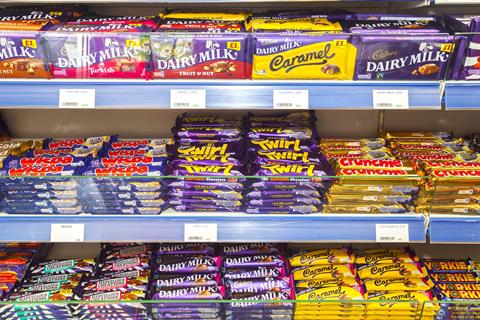
Deals provided another avenue for the Global 50 to chase down growth.
Star performer Mondelez, which pushed its way into the top 10 at the expense of British American Tobacco, is “a good example” of how big businesses need to act, says Hayllar.
Almost a quarter of the 14% growth Mondelez achieved – to take revenues to $36bn – came from incremental sales from acquisitions, including the takeovers of Clif Bar and Mexican confectioner Ricolino in 2022 for a combined $4.2bn.
“That model of strengthening geographic positions in markets with growth and buying in next-generation propositions with scalability can give some of these big players the confidence to return to dealmaking,” Hayllar adds.
Read more:
-
M&A activity makes a comeback as Carlsberg and Newlat lead surge of deals
-
Filippo Berio volumes hit by spike in olive oil prices
-
Mindful Chef narrows losses as it withdraws from retail
-
Tesco shares race higher on profits upgrade and healthy dividends
Mondelez was a notable exception in 2023, when a lack of M&A dragged down headline growth across the Global 50. Instead, players prioritised selling off non-core assets.
Molson Coors, Haleon and Henkel all slimmed down during the year, while Unilever is now looking to exit ice cream and Reckitt Benckiser hopes to streamline by selling off part of its homecare business.
Overall, the number of deals fell slightly in 2023 to 55, down from 58. Values were flat at the historically subdued level of $22bn as aggressive rate hikes from the Federal Reserve led to high financing costs and lower investor confidence. Private equity was less active, and antitrust regulation also tightened.
However, the recent blockbuster $36bn offer from Mars for Kellanova signalled a return of large-scale deals, and Sachak and Hayllar are both confident M&A will make a comeback.
Sachak says finance markets are becoming more benign, balance sheets remain strong and there is a “huge wall of cash” that needs to be spent by PE, while institutional investors are also looking to realise exits from long-held assets.
“I expect we’ll see much more M&A in the next 12 months than in the past year,” he adds.
When it comes to reigniting growth, Hayllar also highlights a continuation of ongoing trends in health and functional nutrition, with consumers more aware of the importance of the gut biome.
“There are also still pockets of premiumisation, but you’ve got to be much sharper and cuter about where to find them,” he adds.
And while China remains a hugely important market, intensified competition from local players will mean the global 50 shift geographic focus to other emerging markets in Southeast Asia and India.
Companies will also look to leverage artificial intelligence to help seek out productivity gains and streamline overheads.
“Many players are deploying AI technologies to find efficiencies in operating costs, as well as get smarter in generating effective NPD and deploying marketing investment efficiently to capture growth,” says Hayllar.
The challenges of recent years may have some more to give, but opportunities are there for those who take them.

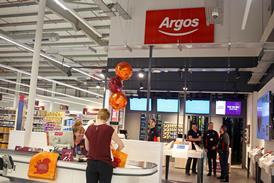
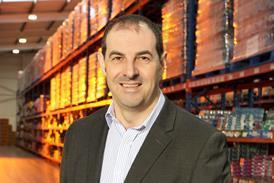
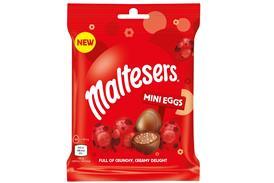

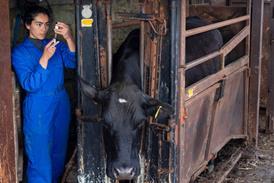
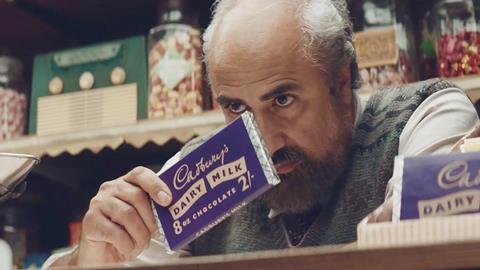
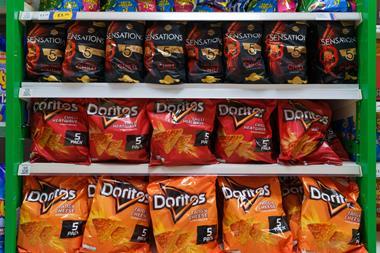


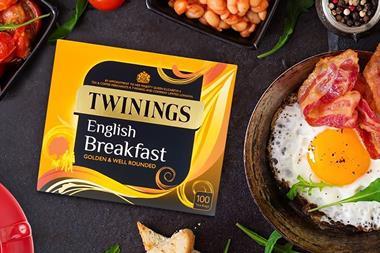
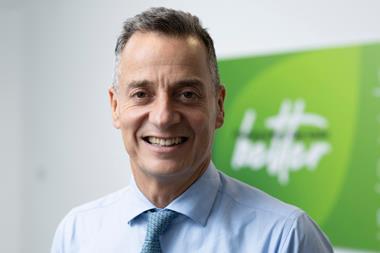




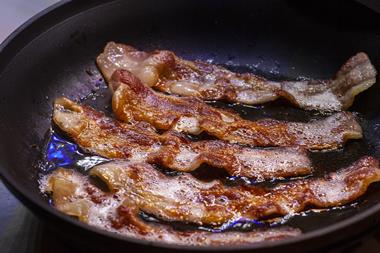
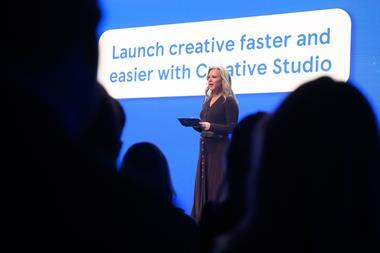
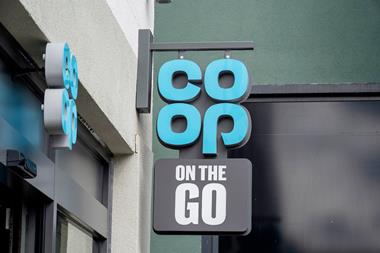
No comments yet